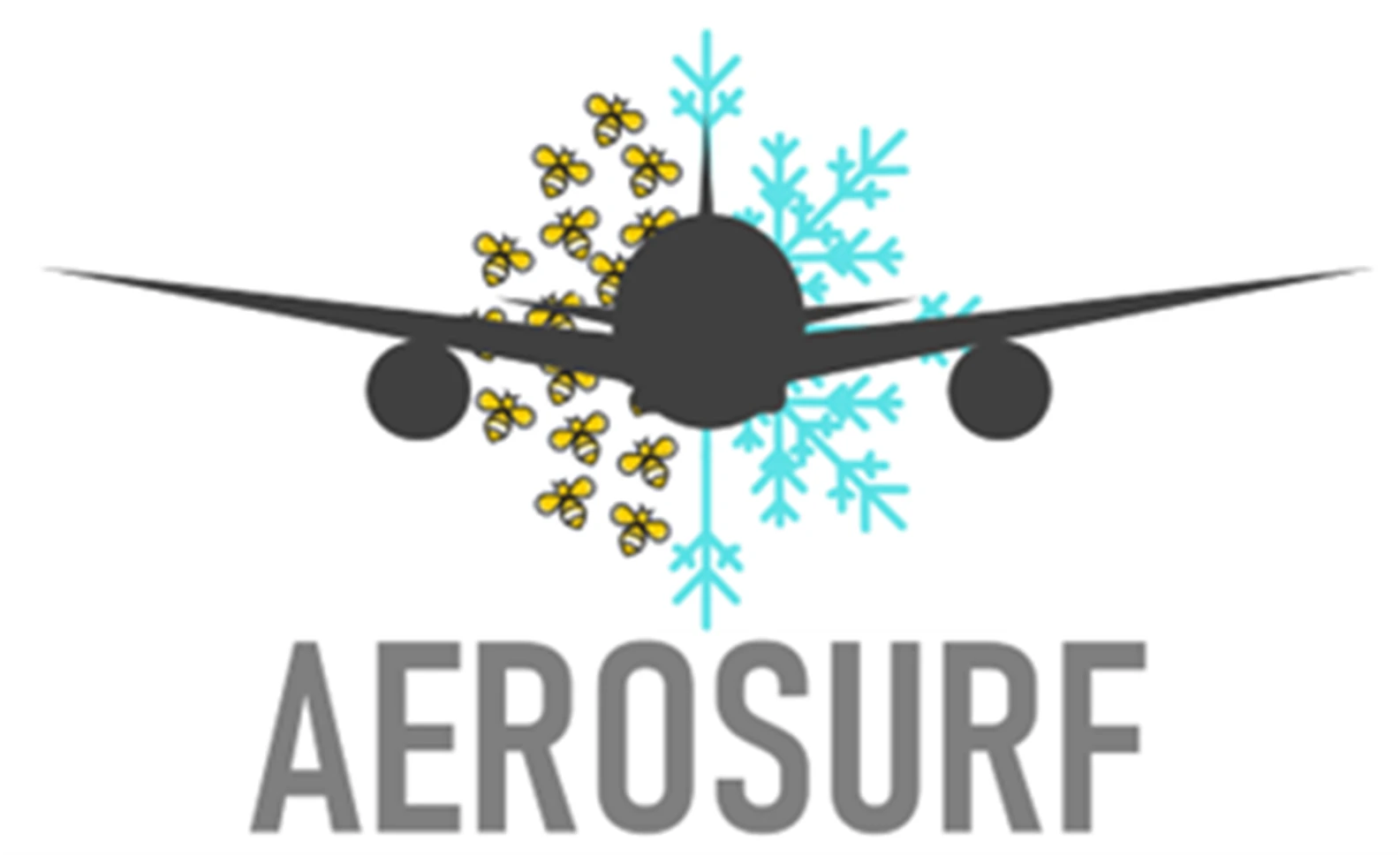
One of the main interests of the aeronautical industry is the reduction of aerodynamic drag on aircraft since this has a direct impact on the fuel consumption of today’s aircraft.
Among the most important and persistent causes of increased aerodynamic drag is surface contamination. During flight, two of the main sources of contamination of aircraft surfaces are insect impact and ice accumulation.
When an insect hits the surface of an aircraft, it generates debris that increases surface roughness, affecting the aerodynamics of the aircraft. For this reason, research is currently underway into the use of coatings that reduce or prevent insect adhesion.
The formation and accumulation of ice on aircraft surfaces causes an increase in weight that can lead to a loss of aircraft lift. Currently, de-icing agents are used to remove ice contamination, and these are applied manually by airport staff. Aircraft also include active de-icing systems that require a manual activation process, and these imply energy use for the aircraft. Both systems lead to increased costs and maintenance time for the aircraft.
In November 2023, Titania was awarded the AEROSURF project, which aims to increase the in-flight energy efficiency and reduce the polluting effects of an aircraft by developing new low-adhesion coatings against surface contamination. These coatings will be based on fluorine-free or low or no volatile organic compound (VOC) treatments that will be applied to the leading edge and wing surface of an aircraft. At the same time, these low adhesion treatments can be used to reduce ice contamination on the aircraft wing.
In particular, Titania’s objectives for this project are focused on:
Carrying out the conceptual definition of the components on which the coatings to be developed will be applied.
Designing the experiments to be carried out during the project, as well as the tests and standards to be followed for the characterisation and validation of the coatings.
Validating the functional coatings developed, through the creation of test specimens on the support materials of interest.
Implementing the coating systems and omniphobic paints in the manual painting process in a booth.
Manufacturing demonstrators with aerodynamic capabilities for the evaluation of the effectiveness of low-adhesion coatings and paints.
Assessing the capacity of the developed coatings to delay the occurrence and accumulation of ice on the leading edges.
Complying with aeronautical requirements for the application of omniphobic treatments.
To meet this challenge, a multidisciplinary consortium composed of four companies with the necessary capabilities and recognition to cover the entire value chain of the project has been established. Specifically, the consortium is made up of Chemplate, Microtest and Tecnitest as partners, with Titania as project coordinator.
The AEROSURF project is subsidised by the Centre for Technological Development and Innovation (CDTI) through its 2023 call for the “Aeronautical Technology Programme”, under the State Programme to Catalyse Innovation and Business Leadership, part of the State Plan for Scientific and Technical Research and Innovation 2021-2023, within the framework of the Recovery, Transformation and Resilience Plan (financed with Next Generation funds).


